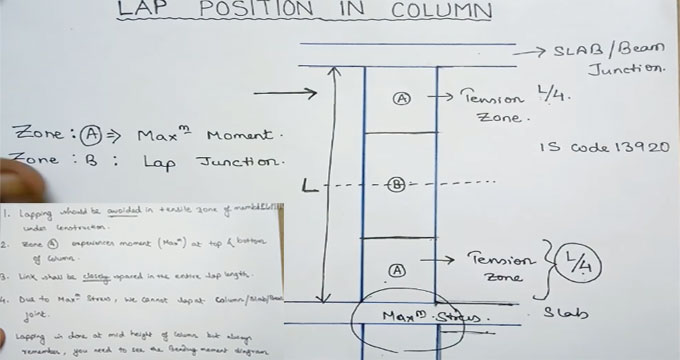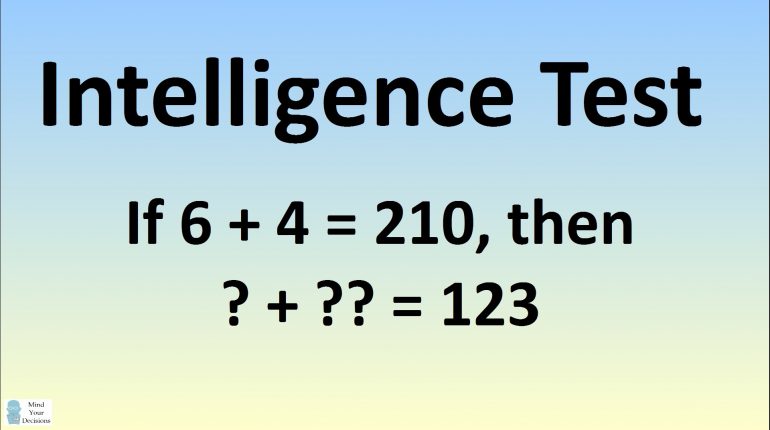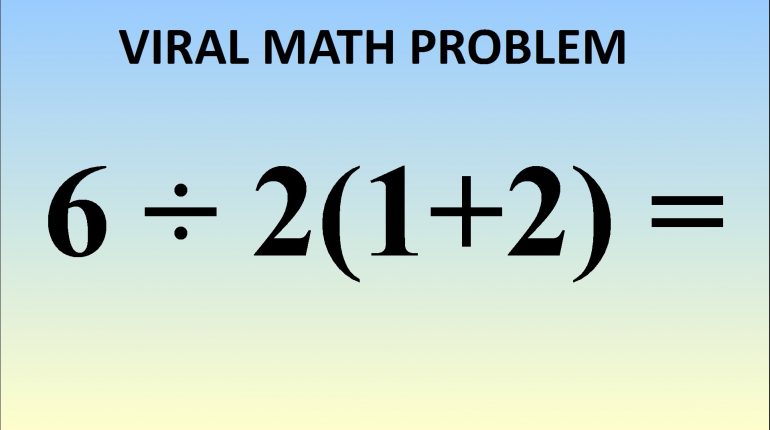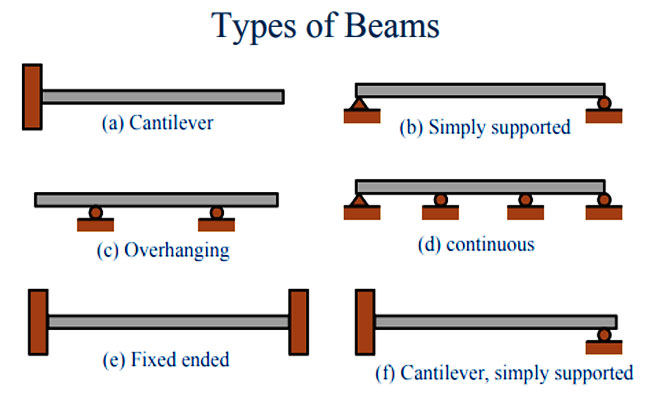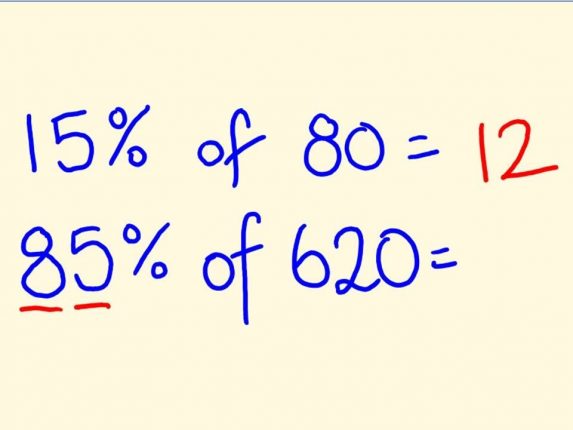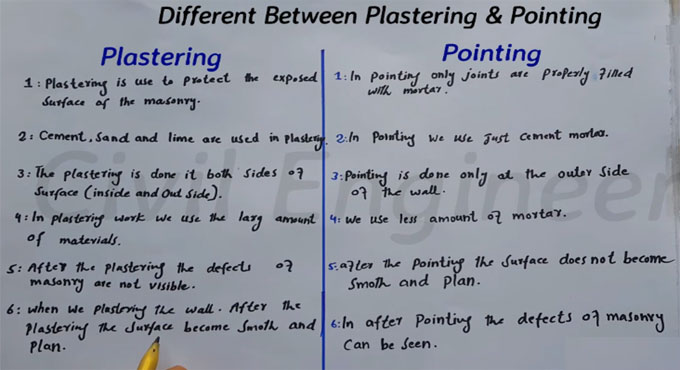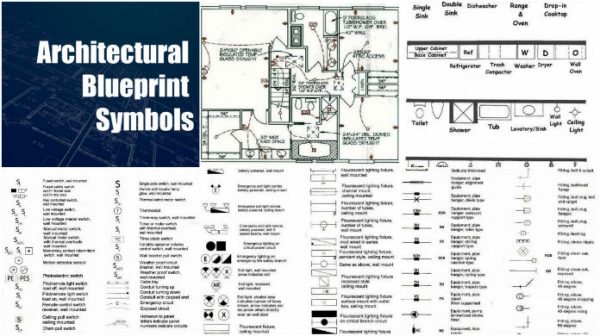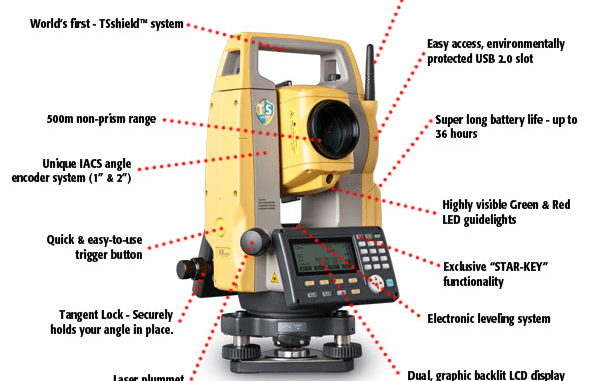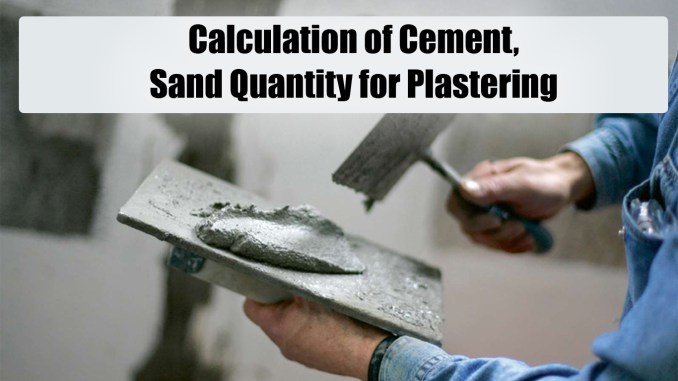Watch the video tutorial to learn about reinforcement lapping zone in column. It teaches you how to place lap in exact position in column, adhering to IS code 13920. When two pieces of rebar are overlapping, a lap is needed to make a constant reinforced line of rebar. The lap length varies depending on the […]
Author: engineeringfeed
Can You Solve This Intelligence Test? Viral Facebook Puzzle
If 6 + 4 = 210, and 9 + 2 = 711, what is the rule to combine numbers? This “intelligence test” has been shared more than 3 million times on Facebook. On Twitter people claim solving it means you have an IQ of more than 150 (genius level). In this video I ask a […]
Viral Math Problem. Can You Figure It Out? The Correct Answer Explained
What is 6÷2(1+2) = ? This problem went viral and generated millions of comments on Facebook, Twitter, YouTube and social media sites. I explain how to get the correct answer by using the modern interpretation of the order of operations. I also explain how you would get a different answer under historical usage of the […]
“Only 1 In 1000 Can Solve” The Viral 1 + 4 = 5 Puzzle. The Correct Answer Explained
This problem was shared on Facebook with the claim that only one in a thousand could figure it out. It went viral and generated over 3 million comments. Here is the problem. If 1 + 4 = 5, 2 + 5 = 12, 3 + 6 = 21, what is 8 + 11 = ? […]
Types Of Beam | Beam Definition | Types Of Supports
Normally beams stand for horizontal structural members which transmit loads horizontally along their length to the supports where the loads are generally transformed into vertical forces. The objective of beams is to withstand vertical loads, shear forces and bending moments. Depending on the types of supports, the following types of beams are available:- 1. Simply Supported […]
VIDEO: Solve percentages mentally | Percentages made easy with the cool math trick
Percentages can be done mentally both accurately and rapidly using this cool math trick.
Difference between Plastering and Pointing
In this content, we are going to show the difference between plastering and pointing. Plastering is used to protect the exposed surface of masonry. However, in pointing only joints are properly filled with mortar. Cement, sand and lime are used in plastering. In pointing, we use just cement mortar. The plastering is done at both […]
Blueprints Symbols in Architecture
Blueprints symbols in architecture are a must if you want to make a complete architectural, plumbing or electrical plan. Usually, there are the most important symbols like the doors, the windows, the stairs and the rest of the elements like sinks, refrigerators, bathroom elements and else. Then, there are the electrical symbols that are signed […]
Total Station Advantages, Disadvantages And Precaution
Introduction To Total Station The main instrument for surveyors on site today is the “total station”. A total station is a combination of an electronic theodolite, an electronic distance measuring device (EDM) and a micro processor with memory unit. This combination makes possible to determine the coordinates of a reflector aligning the instruments cross hairs […]
Calculation of Cement, Sand Quantity for Plastering
Calculation of Cement, Sand Quantity for Plastering How Much Cement, Sand And Water Is Required For 12mm Thick Plastering? Plastering is done on the walls to remove surface imperfections, maintain line level and alignment. In addition to that it also acts as a protective surface for external walls. Cement plaster, Gypsum plaster and Lime plaster […]

